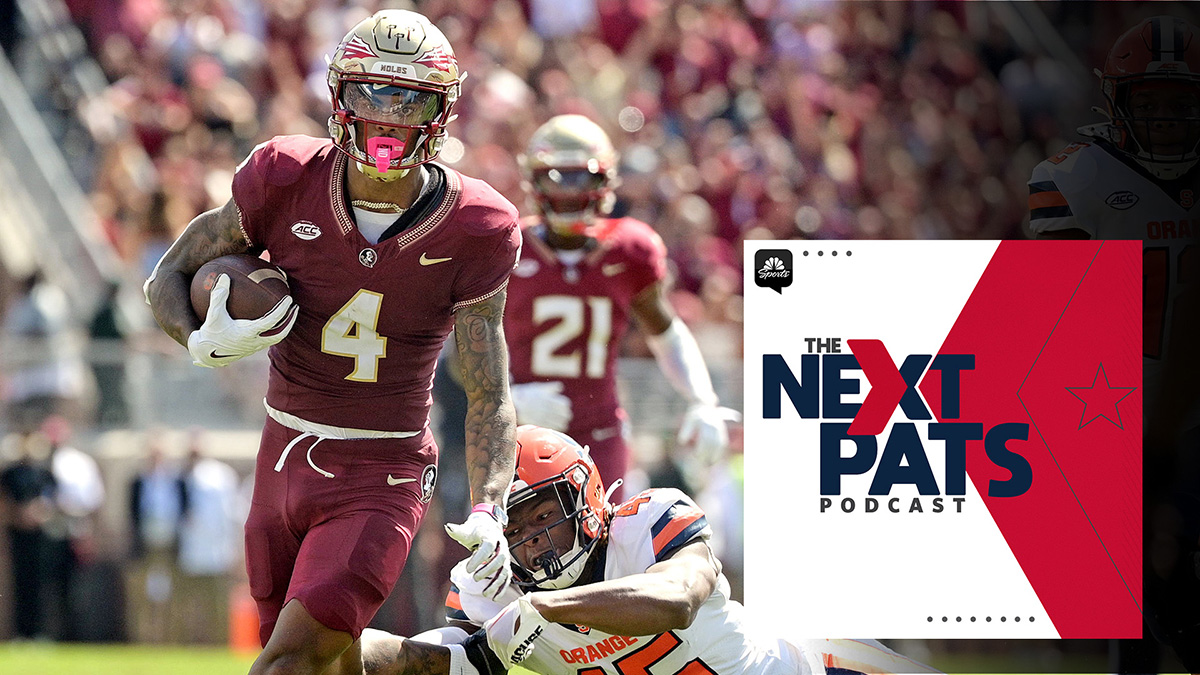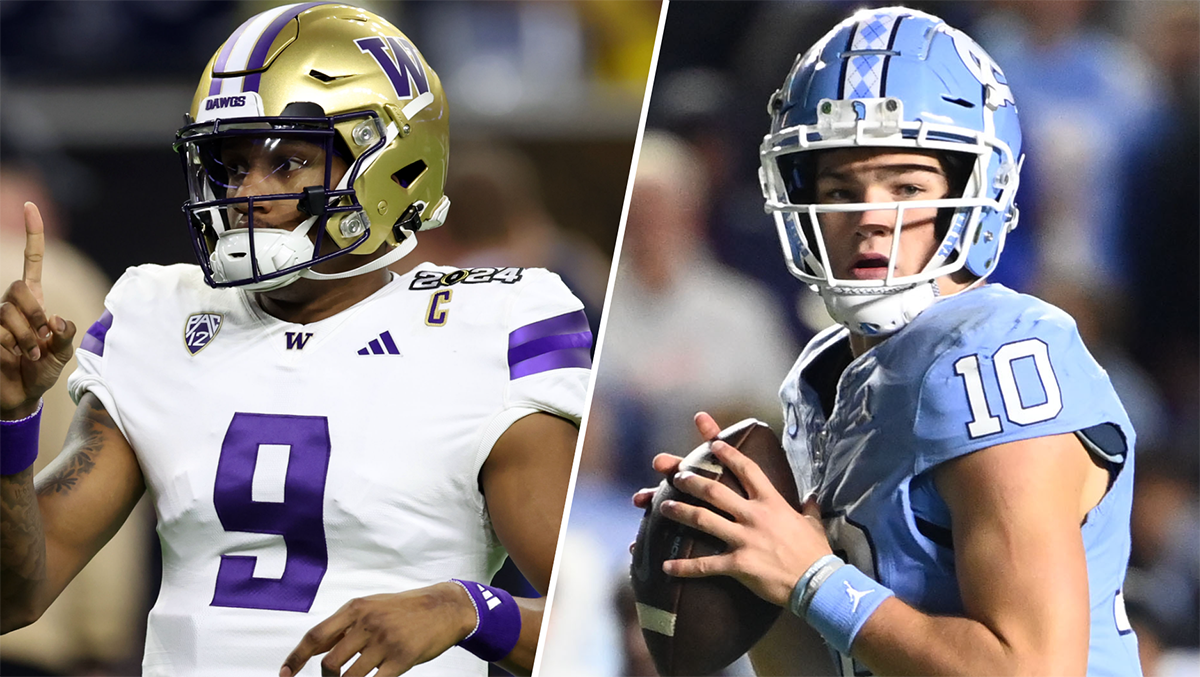You never know what you might miss on a Bill Belichick conference call.
Late on Friday night, as Belichick was finishing up his back-and-forth with reporters after Day 2 of the draft, he went out of his way to circle back to a question I'd asked on Thursday night.
The question following Round 1 was this: "Was Mac [Jones] the highest graded player on your board when it came time for you to make the pick at 15?"
Stay in the game with the latest updates on your beloved Boston sports teams! Sign up here for our All Access Daily newsletter.
The answer? It was quick, and not at all unexpected.
Curran: Barmore, Perkins add much-needed help to front-seven
Belichick, like any coach, isn't going to be thrilled about diving deep into the ins and outs of his draft board and how players are stacked. Especially after midnight.
"Yeah, I mean, we're not going to go through all the grades on everybody on the board," Belichick said. "That's not really something that I would want to talk about in this setting."
New England Patriots
"Safe to say," I followed up, "that there were not a lot of players you were considering at that point?"
Belichick stuck to his guns.
"Like I said," he said, "the grading of the players on the draft board and all that, I mean, we have met on that for hours and hours and hours. I mean, we're not going to get into that now."
Understood. And to be expected.
Patriots Talk Podcast: Pats strengthen their front-seven adding Barmore and Perkins in NFL Draft | Listen & Subscribe | Watch on YouTube
The grading process itself is something we touched on in this episode of the Next Pats podcast (starts at 38:30) -- thanks to a lot of help from the work of our friend Michael Holley, who as an author has seen the Patriots draft process up close -- and it's something that'll continue to be of interest for as long as we're following Belichick's drafts.
To me, one interesting aspect of the Jones selection is whether or not there was another player on the board -- Tulsa's Zaven Collins, perhaps? -- the Patriots would have considered at that point. If there was another player ahead of Jones on board, that might've created a bit of a conversation for the folks inside the Patriots war room.
2021 NFL Draft grades: First-round pick analysis
It gets back to a topic I asked Belichick earlier this offseason about "overdrafting" a quarterback, meaning taking a passer earlier than his grade would suggest because if he's passed up -- given how quarterbacks are overvalued across the league -- maybe he wouldn't be available at a point in the draft when the Patriots picked next.
Belichick has acknowledged in the past, including in a piece with our guy Tom E. Curran from over a decade ago, that there are times when it's OK to take a player who is not at the top of the "vertical" board because there's a chance the team believes he might be available later, whereas a player a little lower on the board may not be.
When it came time for Belichick to meet with reporters again after Day 2 of the draft, I was on BST Fridays with my pals Amina Smith, Tom Giles and DJ Bean when Belichick asked if I was around. He wanted to get back to the grading discussion.
Here's his comment in full:
"Is Phil [Perry] on the call? Doesn't sound like it," he said. "Well, when you do the transcript there, but Phil asked a question yesterday about the grading and so I just want to give a quick comment on that. Not trying to be evasive about the grading and all that, but I would just say that we don't grade players like 1, 2, 3, 4, 5. That's just not, it's just not the way we do it. We use a combination of numbers, letters, colors and those things all have different meanings, depending upon what they would indicate about the player's circumstances or situation or whatever it is that involved the players.
"And all the players are different and a lot of them, you know, in the end there really aren't that many of them that come to the school, play their career there, and leave. There's things that happen in between and a variety of circumstances and so we have ways to identify those. So sometimes the color's going to override the number, sometimes the letter is going to override the numbers or the colors and so forth.
"And so it's not, you know, this guy's at an 85 and this guy's at an 83, it just doesn't work like that. There's a number, a color, possibly a letter or letters that go with those players and those things could all, depending upon what they represent, could all override something else that's a part of the grade. So it's just really the way we identify the player and tag the player [and it] helps us classify.
Bean: The picks I loved and hated from NFL Draft Day 2
"It's just too hard to generalize and give a player an 85 grade or whatever and then, like what does that mean? But if you can tag that grade, that number grade, whatever it is, with something that would indicate other things regarding injuries or how many schools he's been to or whether he was a transfer or if he came out early or if he switched positions or so forth and so on, played at a lower level of competition, I mean, there's dozens of things here that we could talk about. It becomes a pretty complex scale.
"So not trying to ignore with him what it is, but it would be impossible for me to sit here and explain the grade scale and how it works and interacts and all that. That takes, honestly, you know, months of, I would say, understanding between the scouting department and working through a lot of different situations to really be able to utilize it effectively so we can categorize players in the right, in what we feel is the right fashion. Not saying it's right, but we do it so that we can identify things and have ways to work through players and their situations to try to have as fair and as good an evaluation on them as we can."
The time and the insight -- particularly at this time of year, particularly for those of us like myself who have a semi-unhealthy obsession with the draft -- is of course appreciated.
Now just have to make sure I make it to the next conference call.


